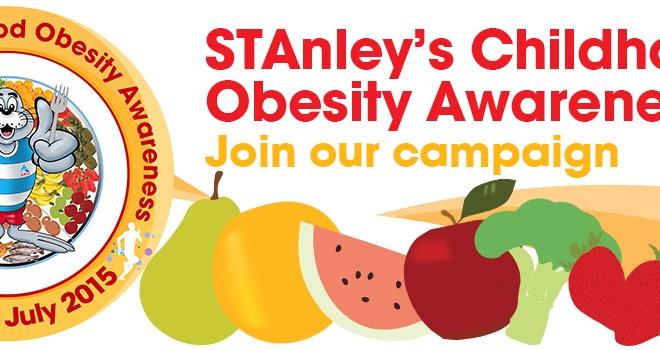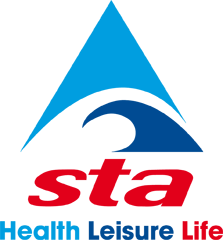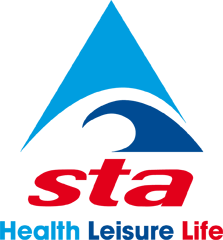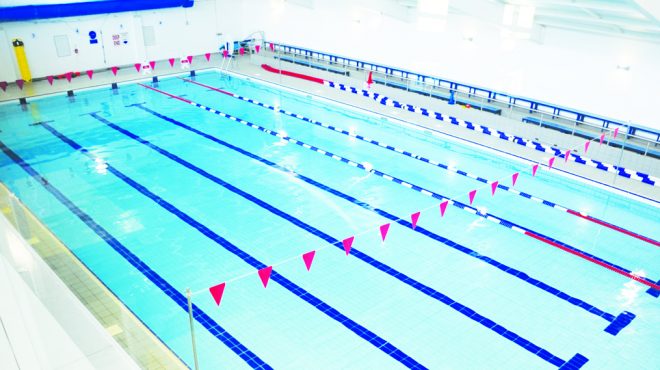Join STAnley’s Childhood Obesity Awareness Campaign

All this week, STA is promoting STAnley’s Childhood Obesity Awareness Campaign. So how important of an issue is this and how can swimming help? Learn more here.
About Childhood Obesity
Obese children are more likely to be ill, be absent from school due to illness, experience health-related limitations and require more medical care than normal weight children.
Overweight and obese children are also more likely to become obese adults, and have a higher risk of morbidity, disability and premature mortality in adulthood.
Potential health-related consequences of child and adolescent obesity are Type 2 Diabetes, Asthma, Obstructive Sleep Apnoea (OSA), Cardiovascular (CVD) risk factors, psychosocial risks/mental health disorders and musculoskeletal problems – learn more here.
UK Facts
- The UK has the highest rate of childhood obesity in Western Europe
- Almost four in ten of 11-15 year olds are at risk from damaging levels of fat
- In 2013, 38% of boys aged 11-15 years were found to be overweight or obese
- New figures reveal that a third of children in England are now overweight
- The numbers classed as overweight or obese jumped by about 8% a year in the late 1990s
- Obese children have a higher risk of developing Type 2 Diabetes and heart disease in later life
- They are more likely to experience bullying, low self-esteems and depression
- Obesity costs the NHS around £5billion a year
What does obesity mean?
There are various ways in which to measure different aspects of obesity. They include Body Mass Index (BMI), skin fold thickness, waist circumference, waist-to-hip ratio and bio-impedance.
It is important to distinguish between being overweight and being clinically obese. In adults, obesity is usually measured by BMI (Body Mass Index), which is a person’s weight in kilograms divided by their height in meters squared. For example:
Someone weighing 76.2Kg (which is 12 stone) and measuring 1.7 meters (approximately 5ft 7in) would have a BMI of 26.4 – which would be deemed as overweight!
For adults, the relevant cut-off points are:
- BMI < 18.5 Underweight
- BMI 18.5 – 24.9 Healthy weight
- BMI 25-29.9 Overweight
- BMI 30 – 34.9 Obesity I
- BMI 35 – 39.9 Obesity II
- BMI 40 Obesity III
BMI measures can also skewed by very high muscle mass. The relationship between BMI and health also varies with ethnicity.
In children and adolescents BMI varies with age and sex, for this reason a growth reference must be used. In England, the British 1990 growth reference charts are used to classify the weight status of children according to their age and sex for the National Child Measurement Programme and Health Survey for England.
So can Swimming help?
Benefits of Swimming…
- Reduced impact on joints to allow people who are carrying excess weight to achieve more in the water than they could sustain on land
- Hydrostatic pressure assists the venus return reducing the demand on the heart
- Cooling effects of the water help the participant to work for longer periods of time in the training zone where they are burning fat as a fuel source
- The water provides resistance to improve muscle tone and condition
- The buoyant effects of the water assists with building water confidence and challenge the clients core strength and balance
- Whilst the main obstacle could be getting a child/teenager with a weight problem into a swimsuit, once in the water they feel more at ease with their body and achieve more from the workout because no one can see their body bouncing around as on land.
- Exercising in water is sociable and fun – many classes are of mixed age and gender, and good relations are made
- Aquacise is adaptable from 1:1 training, interval & circuits training, deep-water classes, hydrotherapy, sports association workouts for teenagers with attitude
- 450 – 550 calorific consumption in one hour of moderate intensity workout – (Baum England 1997; Westwood 2005 – Coquitlam Canada)
- Comfortable medium to work so that excessive sweating is controlled
- Muscle strength and endurance is increased
- Bone strength is increased without compromising the joint function
- Rehabilitation is not a restriction and progress is made more apparent
- Psychological problems are improved due to natural endorphins being released.
- Categories
- Community



